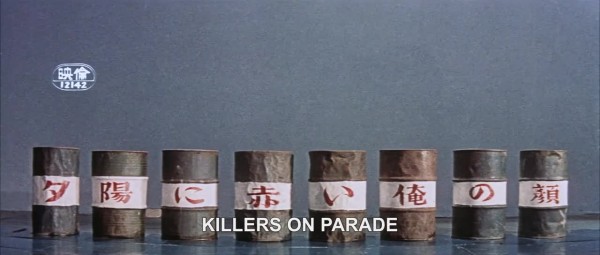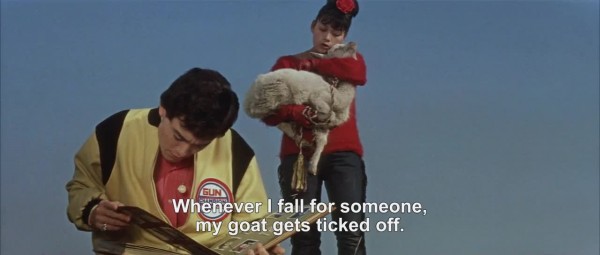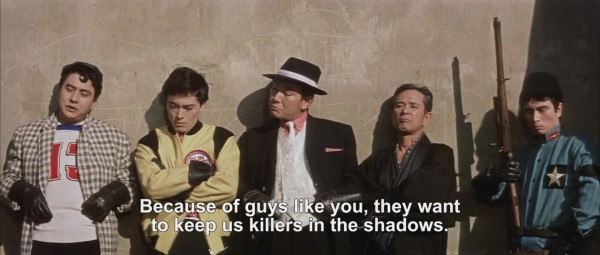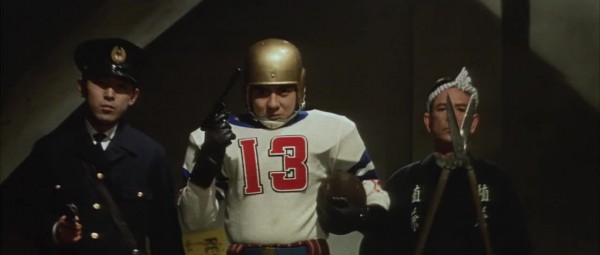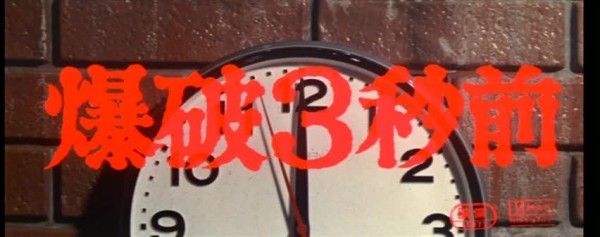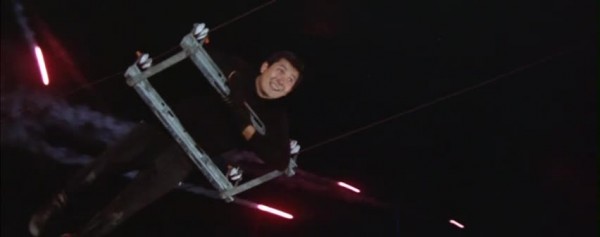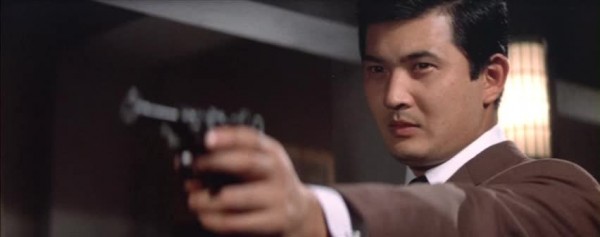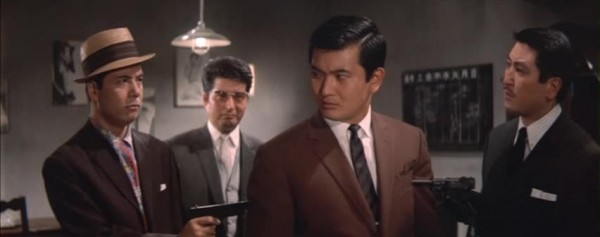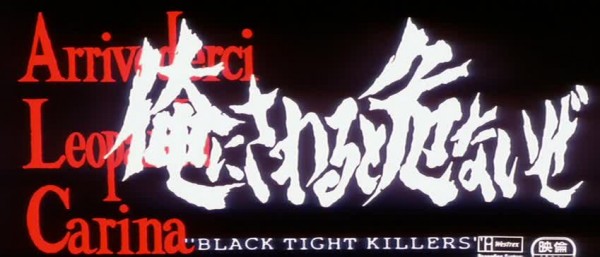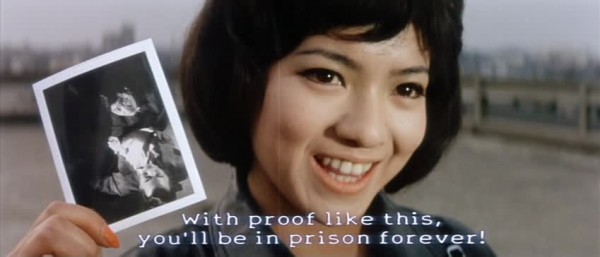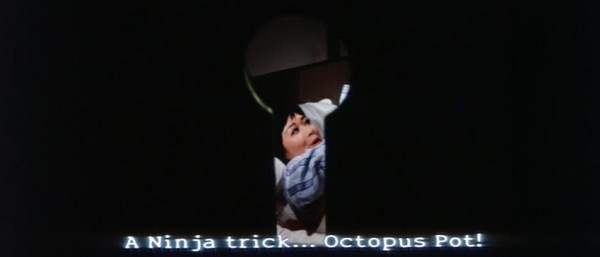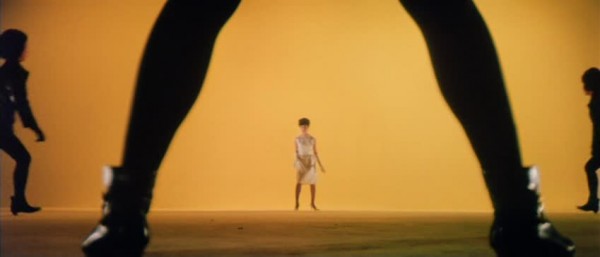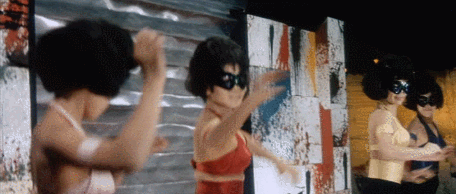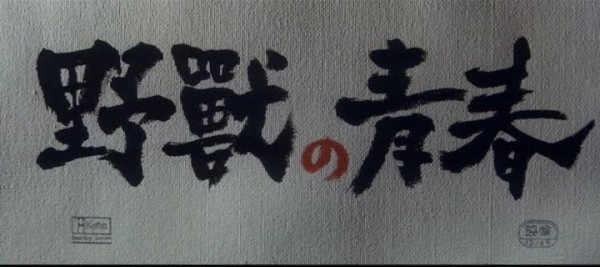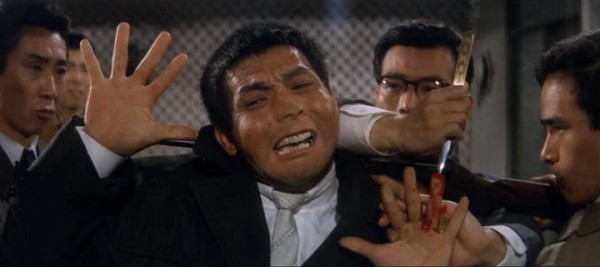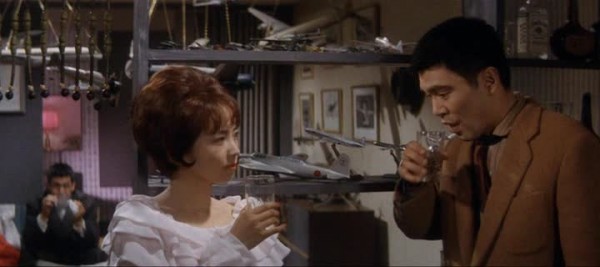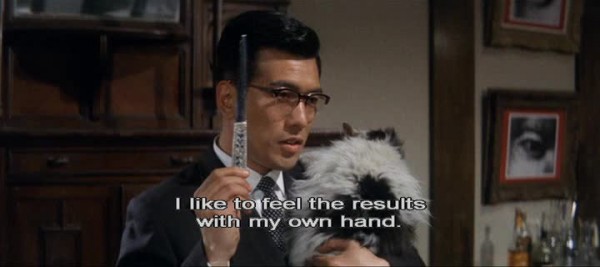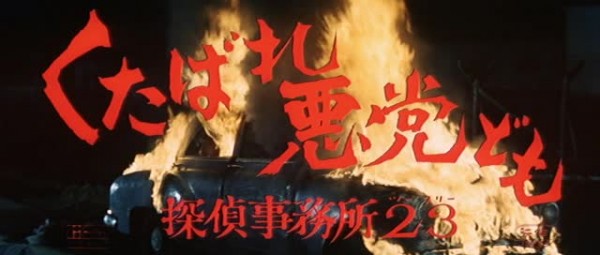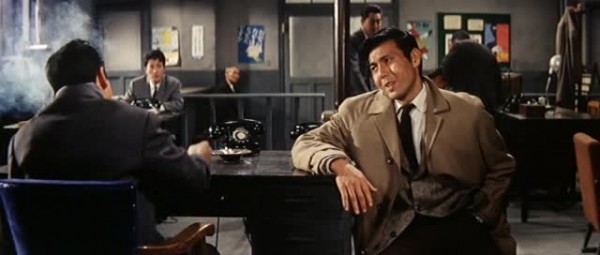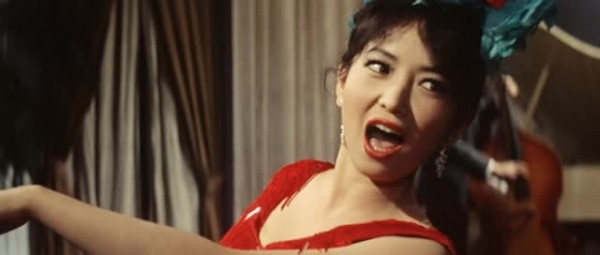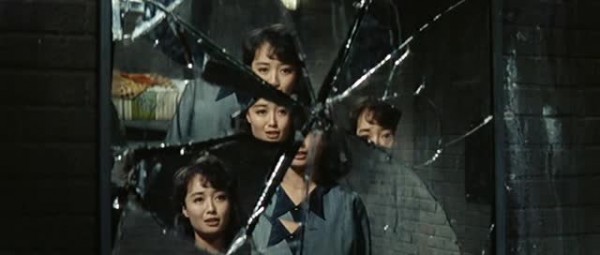The Last Gunfight
aka 暗黒街の対決 aka Ankokugai no taiketsu
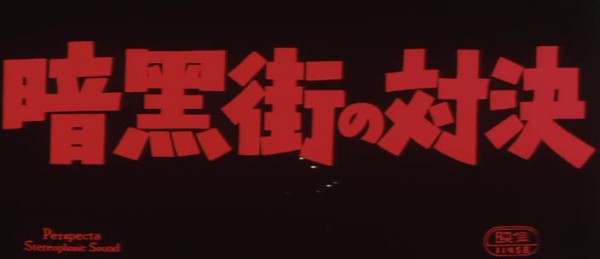
1960![]()
Written by Shin’ichi Sekizawa
Based on the book Chi no Wana by Haruhiko Oyabu
Directed by Kihachi Okamoto
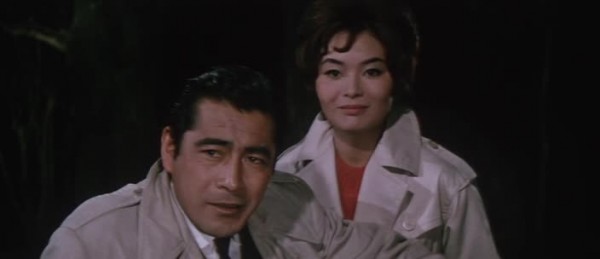
The Last Gunfight is basically Toshiro Mifune coming to a town besieged by warring yakuza and taking them all down in that time honored fashion that we all know and love from various samurai, western, and yakuza movies.
Detective Saburo Fujioka (Toshiro Mifune) is accused of corruption and transferred to Kojin, a city run rampant with crime. Fujioka inserts himself in the middle of the city’s gang troubles, and we don’t know initially his motives, which gives him a sort of Man with No Name vibe. He gets into several fights by way of not saying much of anything while figuring out the lay of the gangs, seemingly showing that the best way to know these enemies is to make them start fights with you. He does most of this without bothering to tell the Kojin police anything that he is doing.
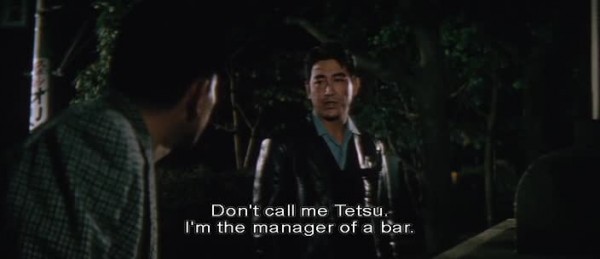
The Ooka gang is the one causing much of the problems in the city. Kyuzaburo Ooka (Seizaburo Kawazu) doesn’t follow the unwritten rules of honor for yakuza gangs, leading to strife with factions like the Kozukas. But Ooka does know how to throw money and violence around, meaning his slices of the pie keep getting bigger without all that honor stuff holding him back. Kozuka’s group represents the status quo, but their old fashion rules threaten to leave them in the dustbin of history as Ooka gains more and more territory. Kozuka believes in the old way of the yakuza having a sort of honor (let’s leave the arguments about the realities of this romanticized view aside for now) and tells a tale about how he spent money fixing the sewage system of the town at a loss just to help the people, and Ooka predictably mocks him for that.
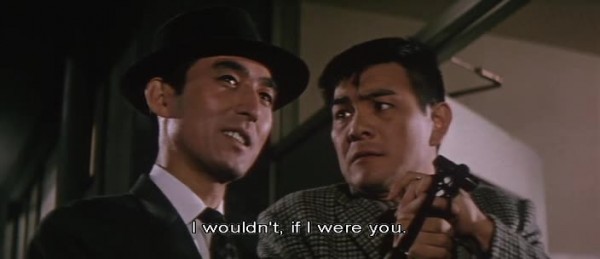
Continue reading


